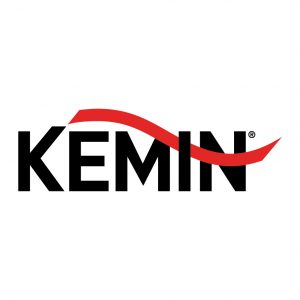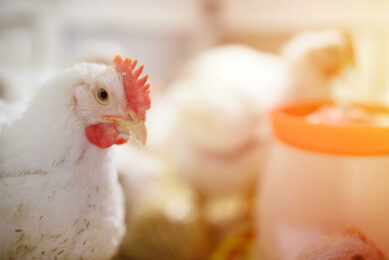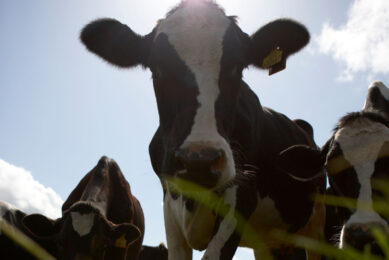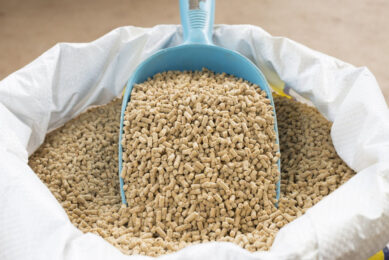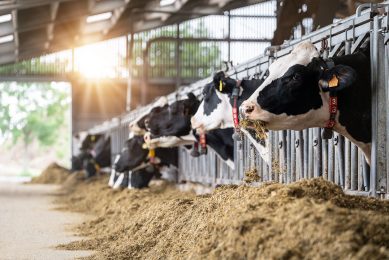How to select the right probiotic
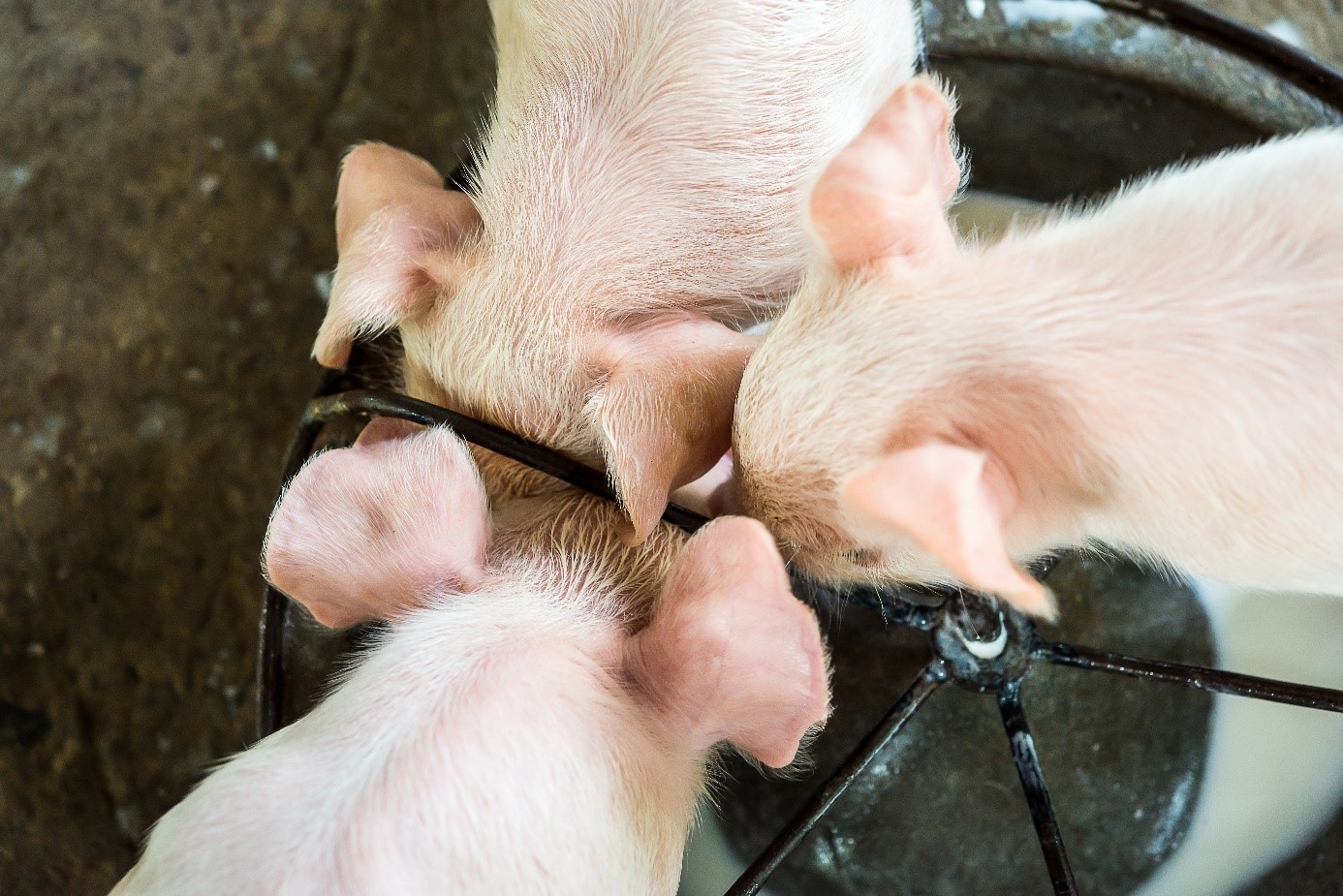
Probiotics generally have a positive image for intestinal health management across species. However not all are the same, and even within the popular Bacillus subtilis group large differences exist. Only when stability in handling, strain and production are selected to fit the desired results, can probiotics be both safe and beneficial in poultry and livestock production.
Probiotics are on every list of tools to reduce therapeutic antibiotic usage. They have been shown to reduce diarrhoea, even necrotic enteritis. They improve welfare through reduced foot pad lesions and easily replace the effects of antibiotic growth promoters via feed. In layers some have been shown to improve shell quality, while also having a positive effect on FCR. First studies also show a clear effect on reduction of colistin and other therapeutic antibiotics. The big question is which strains can have the desired effect? Especially within the Bacillus subtilis group there is considerable genetic variation, easily explained by the wide ecological niche this species has adapted to.
Origin of probiotic
When considering a probiotic for use in livestock, the preferred origin should always be from an animal. A soil microorganism does not necessarily have the replication speed needed to replicate inside a young chicken, where the gut passage may be less than two hours. On the contrary, species that perform well in small mammals or birds can be used for larger animals. This makes it possible to trial probiotics meant for humans in mice for example.
Stability – a practical requirement for in feed and water applications
Lactobaccilli are the first and classic probiotics. They have two major disadvantages for being used in animal feeds. First, they are susceptible to the acid passage in the digestive tract. Being life microorganisms without the protection of a spore their numbers decrease significantly during the intestinal passage. It has for example already been proven in 1924 that the first probiotic ever described L. bulgaricus, is unable to survive in the human intestine.
Today’s solution to this challenge is either stomach resistant encapsulation for human applications, or using spore forming microorganisms for all feed and water applications. Spore formers (e.g. Bacillus subtilis) secondly have the added advantage that, if produced correctly, they can withstand pelleting and conditioning of feed without significant losses in viability. This is clearly not the case for yeasts or lactobacilli.
Strain
The strain is the microbiological equivalent of a breed in livestock. B. subtilis is the most used species in livestock probiotics. So, what makes the difference other than the ATCC, DSM or another collection number? The difference lies in which of the metabolic activities possible for bacillus subtilis the specific strain has.
Enzyme production as a mean to improve digestion of the diet is the proposed mode of action for the first B. subtilis strains which were registered for livestock. Bacillus can produce enzymes, but not typically at the levels described for E. Coli which are more commonly used in enzyme production in-vitro.
In broiler and turkey necrotic enteritis is a constant threat, therefore the strain used in those birds must have a high production of specific surfactants to reduce the potentially pathogenic clostridia. The patent on Clostat is based on this activity for example. In layers and breeders on the other hand the ability to promote lactobacilli is crucial to enable them to absorb as much calcium from the diet as they require.
Probiotic production
Which metabolites a probiotic produces and how it grows not only depends on species and strain but also on production. Studies in human probiotics in the US have found as little as 50% contain the strain declared on the label. As soon as the organism is produced differently, the species or strain are different. This negates all studies down regarding efficacy, safety and quality of a probiotic. Growing probiotics is easy, growing the correct one requires experience. Any serious producer of probiotic should offer recovery of their strains from feed materials to prove both CFU and, when in doubt, be able to identify the strain.
Probiotics generally have the trust of the user and are a valuable tool to manage animal health. To have effective and safe products, it is required to be clear about the reason for using the chosen probiotic. To make sure the probiotic is stable in feed processing and finally to verify the strain on the label is proven to be the exact strain on the product.
References available on request


